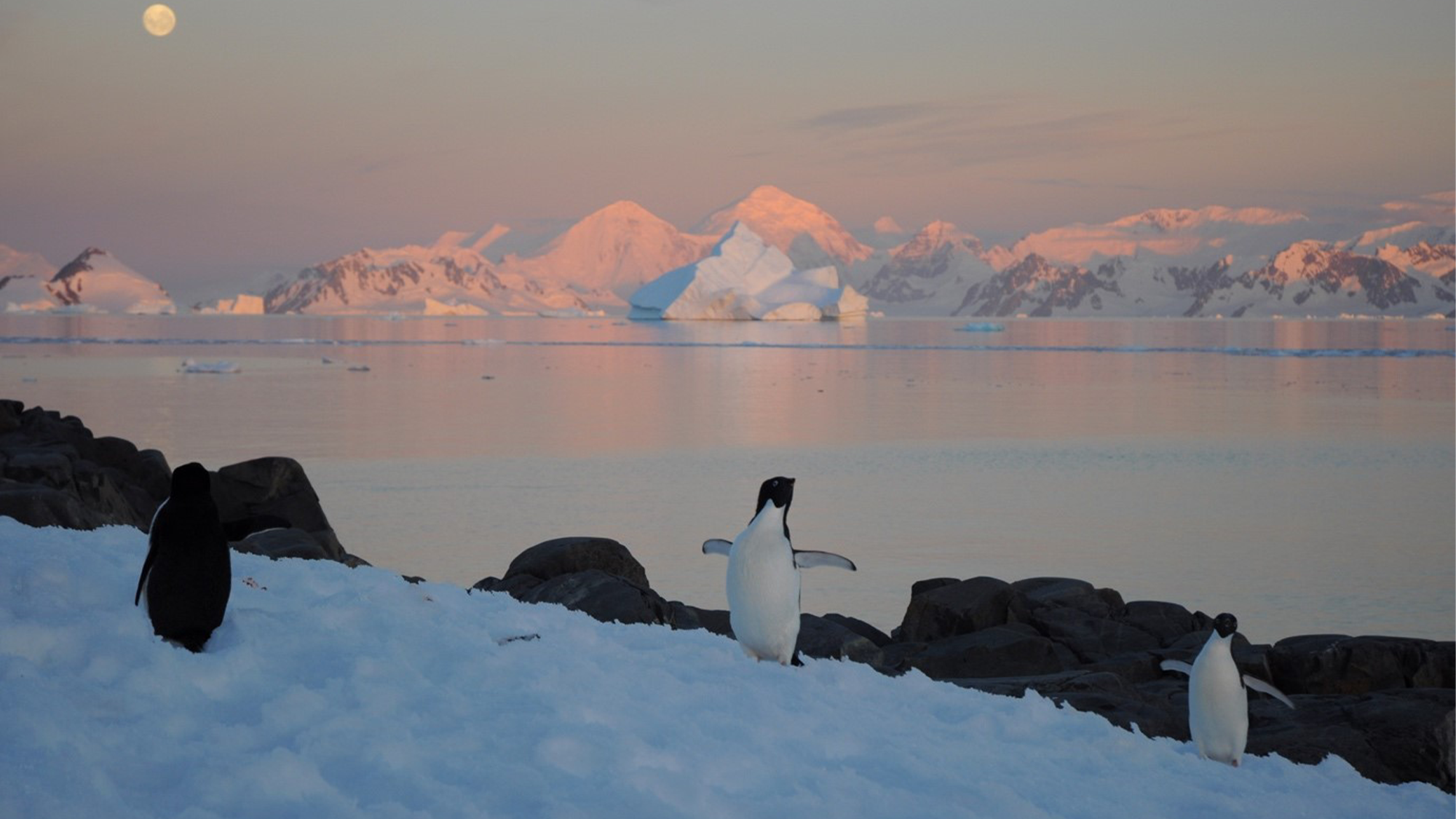

In a summer of smashed temperature records and extreme weather events, it’s natural to wonder if anywhere is safe from the wrath of human-made climate change. The answer is probably not, even in the most remote places. A study published August 8 in the journal Frontiers in Environmental Science found that extreme events, including ocean heatwaves and ice loss, will be more common and more severe in Antarctica.
[Related: Record-breaking heat is bombarding the North and South poles.]
Drastic action is needed to limit global warming to the target of 2.7 degrees Fahrenheit made in the 2015 Paris Agreement, and the team on this study are warning that Antarctica’s recent extreme could only be the beginning.
“Antarctic change has global implications,” study co-author and University of Exeter geoscientist and glaciologist Martin Siegert said in a statement. “Reducing greenhouse gas emissions to net zero is our best hope of preserving Antarctica, and this must matter to every country—and individual—on the planet.”
Recently, the ice sheets on Antarctica’s western end and particularly its peninsula have seen dramatic and fast melting that threatens to raise global sea level over the next few centuries. The Thwaites glacier, also called the Doomsday Glacier, on the continent’s western side is melting at an especially rapid pace.
In the study, a team recorded extreme events occurring in the Southern Ocean and Antarctica, including weather, ocean temperatures, sea ice, glacier and ice shelf systems, as well as biodiversity on the land and sea. They found that the continent’s fragile environments “may well be subject to considerable stress and damage in future years and decades.” The team calls for urgent policy action to protect it and many countries could be breaching an international treaty by not protecting Antarctica.
“Signatories to the Antarctic Treaty (including the UK, USA, India and China) pledge to preserve the environment of this remote and fragile place,” said Siegert. “Nations must understand that by continuing to explore, extract and burn fossil fuels anywhere in the world, the environment of Antarctica will become ever more affected in ways inconsistent with their pledge.”
The study also considered Antarctica’s vulnerability to a range of extreme events to understand the causes and likely future changes. One of these includes the world’s largest recorded heatwave, which occurred in East Antarctica in 2022. Temperatures were a staggering 70 degrees above average, and winter sea ice formation is currently the lowest on record.
The high temperatures have also been linked to years with lower krill numbers. Species reliant on krill like fur seals have had breeding failures as a result.
[Related: The East Antarctic Ice Sheet could raise sea levels 16 feet by 2500.]
“Our results show that while extreme events are known to impact the globe through heavy rainfall and flooding, heatwaves and wildfires, such as those seen in Europe this summer, they also impact the remote polar regions,” co-autor and University of Leeds professor of Earth observation Anna Hogg said in a statement. “Antarctic glaciers, sea ice and natural ecosystems are all impacted by extreme events. Therefore, it is essential that international treaties and policy are implemented in order to protect these beautiful but delicate regions.”
The study also calls for careful management of the area to protect vulnerable sites, as the retreat of the Antarctic sea ice sheet will make new areas of the region accessible by ships. Using the European Space Agency and European Commission’s Copernicus Sentinel satellites can provide regular monitoring of the entire Antarctic region and Southern Ocean, and can measure the ice.
“Antarctic sea ice has been grabbing headlines in recent weeks, and this paper shows how sea ice records—first record highs but, since 2017, record lows—have been tumbling in Antarctica for several years,” study co-author and British Antarctic Survey sea ice expert Caroline Holmes said in a statement. “On top of that, there are deep interconnections between extreme events in different aspects of the Antarctic physical and biological system, almost all of them vulnerable to human influence in some way.”
